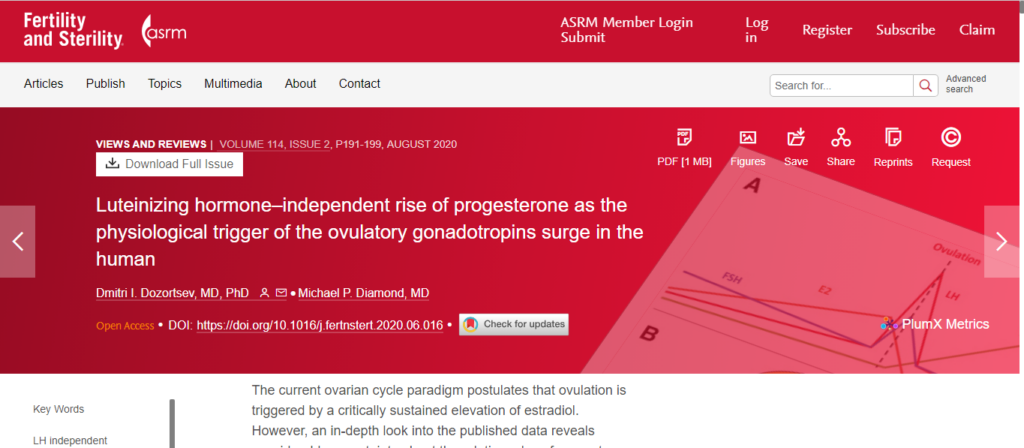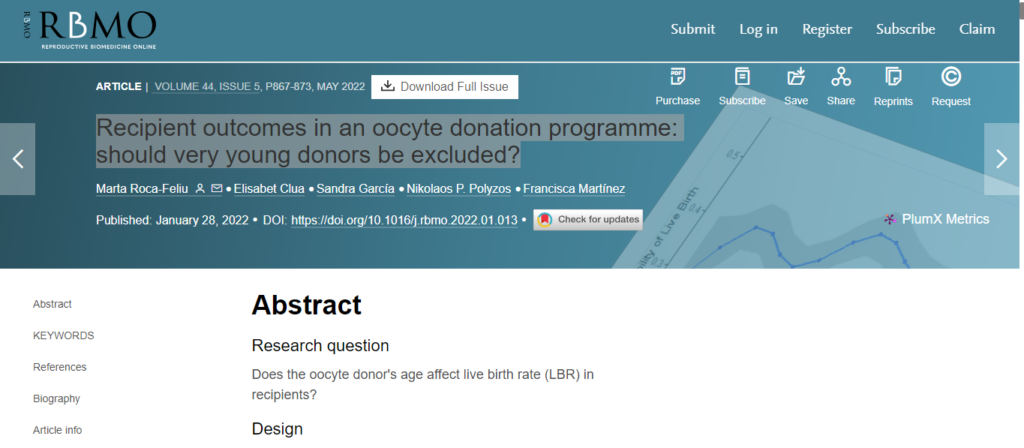Future pregnancy is both possible and likely following a miscarriage, but knowing when to begin the conception process is important to future fertility.
The internet is full of contradictory information about fertility after a miscarriage. It’s hard to know what information to trust or whose advice applies best to your circumstances. The truth is, there is no universal rule about when to conceive after a miscarriage. We can, however, offer some general guidance about conception after a miscarriage that will help you better understand your future fertility and how to speak about it with your doctor.
Ovulation After Miscarriage
Ovulation can occur as soon as two weeks after a miscarriage, but that timeline will vary based on when during pregnancy the miscarriage occured and how long the bleeding that accompanies the miscarriage lasts. As the bleeding decreases, your hormone levels and your menstrual cycles will return to normal. For most women, this occurs within the four to six weeks after a lost pregnancy.
If your menstrual cycles were regular before your miscarriage, it might take a few months for your period to become more predictable. Any long-term impact of a miscarriage on your menstrual cycle and ovulation will be unlikely.
The symptoms of ovulation will likely be the same after a miscarriage as they were before. Common symptoms include cramping pain on your sides, clear and stretchy vaginal mucus resembling egg whites, and a small increase in your basal body temperature.
How Soon Can You Conceive After a Miscarriage
Physically, it is possible to get pregnant again within the first few ovulation cycles following a miscarriage. While some sources suggest that there are benefits to getting pregnant quickly after a miscarriage, the World Health Organization advises waiting at least six months after a miscarriage before trying to conceive, in order to let your body recover and heal.
While you can begin trying to conceive again soon after a miscarriage, it is best to speak with your doctor to determine what the best timeline is for you.
Giving Yourself Time To Heal
One of the most important things you can do following a lost pregnancy is giving yourself time to heal — both physically and emotionally — before trying to conceive.
As we discussed in last weeks post, grief is a natural response following a miscarriage. It is important to allow yourself the time to process your loss without putting pressure on yourself to recover emotionally. Every emotion you feel (or don’t feel) is a valid and important part of the healing process.
There are also compelling physical reasons for waiting before attempting to conceive again:
- It is important that your menstrual cycle returns to normal before new attempts to conceive.
- Your body produces the human chorionic gonadotropin (hCG) hormone when you are pregnant, and its presence is used to detect a pregnancy. Decreasing hCG levels can be used to detect a miscarriage. Allowing your hCG hormone level to drop to zero after a miscarraige help avoid inaccurate measurements when attempting to conceive.
- Before attempting to conceive, allow time for your uterine lining to heal. Proper healing ensures that it will be ready to receive a newly fertilized embryo.
Miscarriages can be devastating. Allow yourself time to heal both physically and emotionally before attempting to conceive again. Speak to your doctor and together, you can determine the best timeline for you. This will increase your chances of a successful future pregnancy and help ensure that you have better experience.
Help When You’re Ready For It
When you are ready for the next steps on your fertility journey, the AFCT will be here to support you every step of the way. Contact a specialist today.



